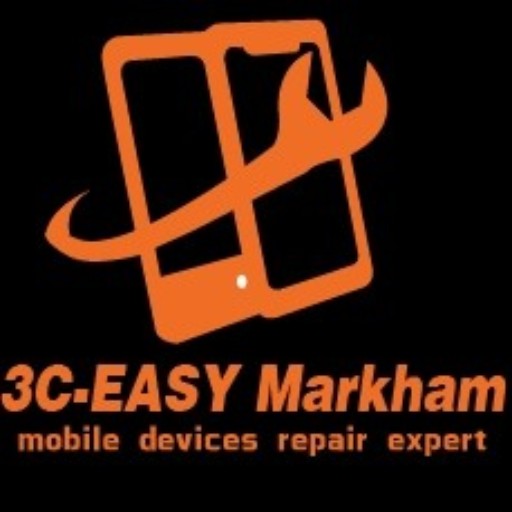La evolución de la carga de los teléfonos inteligentes: de lenta a ultrarrápida
La tecnología de carga de smartphones ha evolucionado rápidamente para adaptarse a la creciente demanda de los dispositivos modernos. Lo que comenzó como una carga USB básica y lenta se ha transformado en opciones rápidas, eficientes e incluso inalámbricas que se adaptan a nuestro ritmo de vida acelerado. Este blog explora los avances clave en la carga de smartphones, las tendencias actuales y lo que podría deparar el futuro.
1. Carga USB temprana
Inicialmente, los teléfonos móviles usaban cargadores USB básicos con una potencia de salida baja, de unos 5 W. Dado que los primeros teléfonos móviles se usaban principalmente para llamadas y mensajes de texto, su consumo de batería era bajo y la necesidad de una carga más rápida no era apremiante. Sin embargo, a medida que los smartphones incorporaban funciones como pantallas táctiles, conectividad a internet y funciones multimedia, los tiempos de carga se convirtieron en una preocupación importante. Las sesiones de carga nocturnas eran comunes, y se necesitaban soluciones de carga más rápida para satisfacer la creciente demanda de energía.
2. Introducción de la carga rápida
La carga rápida surgió como una innovación revolucionaria en la industria de los smartphones. Empresas como Qualcomm introdujeron la tecnología Quick Charge, que aumentaba la potencia de salida a 18 W o más, reduciendo significativamente el tiempo de carga de un smartphone. Los protocolos de carga rápida se convirtieron en una característica estándar, con marcas como OnePlus (Dash Charge), Samsung (Adaptive Fast Charging) y Apple integrando funciones de carga rápida en sus dispositivos. Este desarrollo permitió a los usuarios recargar la batería en tan solo unos minutos, en lugar de horas, convirtiendo la carga rápida en una función crucial para estilos de vida ajetreados.
3. Adopción de la carga inalámbrica
La tecnología de carga inalámbrica cobró impulso con el desarrollo del estándar Qi, que utiliza campos electromagnéticos para transferir energía entre una base de carga y un smartphone. Aunque inicialmente era más lenta que la carga por cable, la carga inalámbrica ha experimentado mejoras significativas. La adopción de la carga inalámbrica por parte de Apple en el iPhone 8 y el iPhone X contribuyó a popularizar la tecnología, y muchos smartphones insignia ya la admiten. Innovaciones como MagSafe de Apple, que utiliza imanes para alinear perfectamente la bobina de carga, han hecho que la carga inalámbrica sea más eficiente y fácil de usar.
4. Innovaciones en carga ultrarrápida
Los últimos avances en tecnología de carga han llevado la velocidad a nuevos límites. Empresas como Xiaomi, Oppo y Realme han desarrollado métodos de carga ultrarrápida capaces de entregar hasta 120 W o incluso 200 W de potencia. Estas innovaciones pueden cargar un smartphone del 0 % al 100 % en tan solo 10 a 20 minutos. Esta carga rápida se basa en cargadores especializados, cables reforzados y tecnología de batería avanzada diseñada para manejar altos niveles de potencia de forma segura. La introducción de los cargadores de GaN (nitruro de galio), más eficientes y compactos que los cargadores tradicionales, ha acelerado aún más la adopción de la carga ultrarrápida.
5. Tendencias futuras en la carga de teléfonos inteligentes
El futuro de la carga de smartphones promete desarrollos aún más innovadores. Se están explorando conceptos como la carga inalámbrica, que permitiría a los dispositivos cargarse de forma inalámbrica dentro de un rango determinado. Esta tecnología podría eliminar por completo la necesidad de cables y bases de carga. Los smartphones alimentados por energía solar, equipados con paneles solares integrados, podrían ofrecer una opción de carga sostenible, aunque la tecnología solar actual aún no es lo suficientemente eficiente como para alimentar completamente los smartphones. Además, los avances en la tecnología de baterías, como el uso de grafeno, podrían dar lugar a baterías con mayor densidad energética, capacidades de carga más rápidas y una mayor vida útil.
Conclusión
La evolución de la carga de smartphones ha avanzado significativamente, desde la carga USB básica hasta soluciones rápidas, inalámbricas y ultrarrápidas. A medida que la tecnología avanza, el futuro de la carga de smartphones se perfila como aún más eficiente, conveniente e innovador, facilitando más que nunca mantener nuestros dispositivos cargados y listos para usar.







